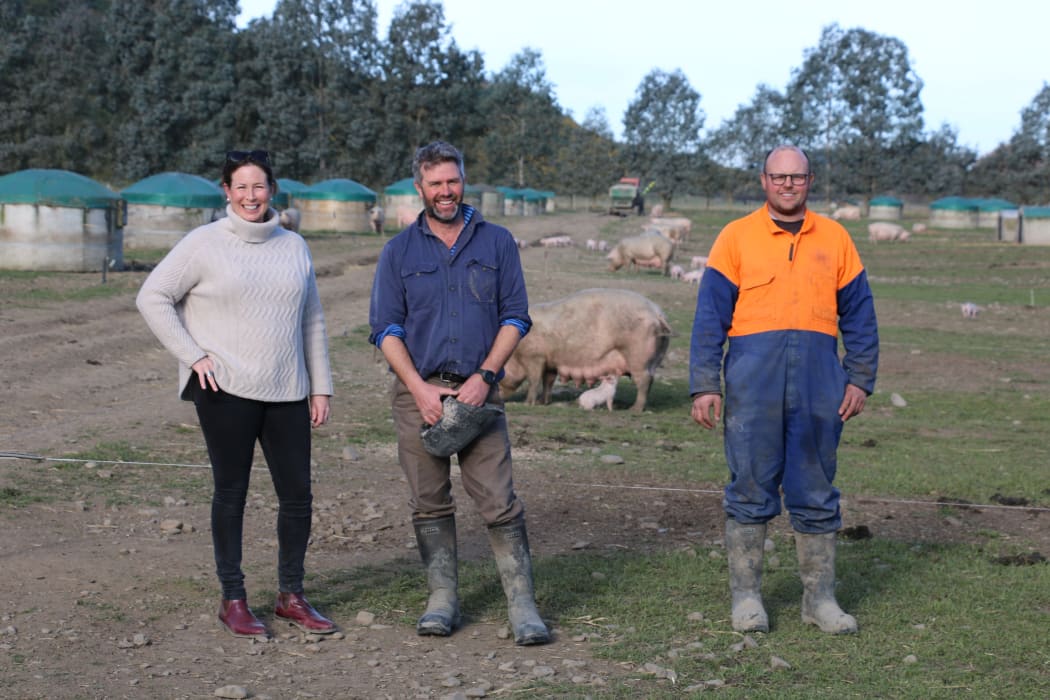
Angela Cottle, Hamish Cottle and Ben Lester Photo: Cosmo Kentish-Barnes
At Hamish and Angela Cottle's free-range pig farm, some sows lounge in the sun as their piglets play while others feed their litters in the privacy of their own cosy huts.
When Country Life comes to visit Highground, there are no barns, crates or concrete floors to be seen - just fresh air, sunlight, and lush, open fields.
As Cosmo Kentish-Barnes checks out the huts, or farrow houses in action, Hamish explains the batch farrowing system, where he aims for 35-odd sows to birth (farrow) at the same time.
"If you think about a pig, they're an amazing animal, really."
Unlike cows or sheep, which have relatively low reproductive rates, Hamish explains that a piglet can give birth to over two litters a year and up to 12 piglets.
"If you're looking at 2.2 litters a year, she can give you 25 to 26 piglets a year. That's a pretty amazing, productive animal."
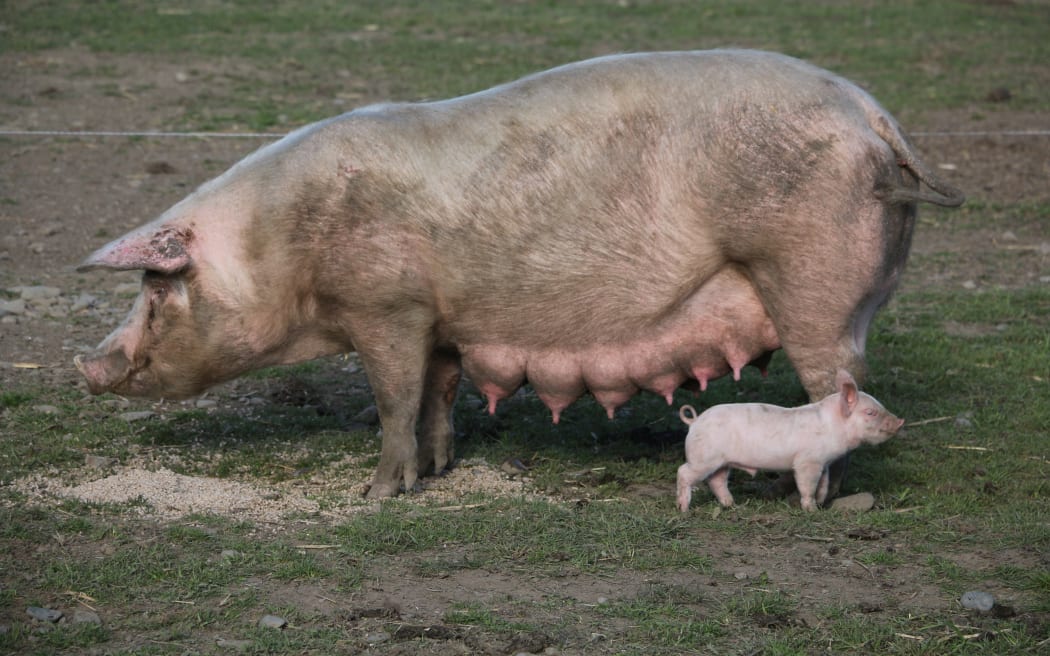
Photo: Cosmo Kentish-Barnes
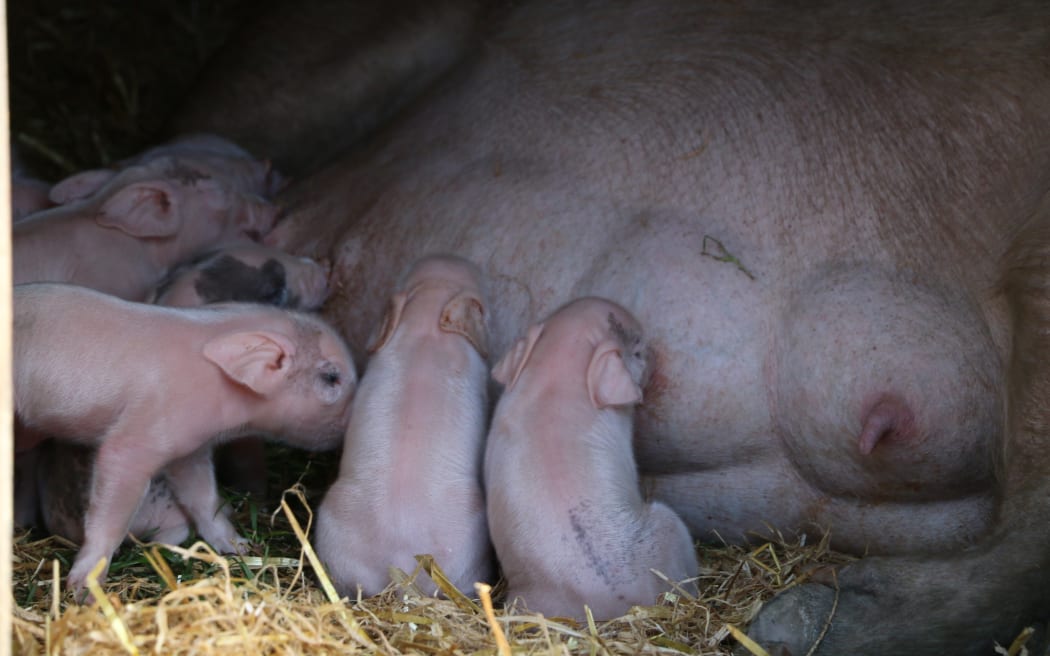
Photo: Cosmo Kentish-Barnes
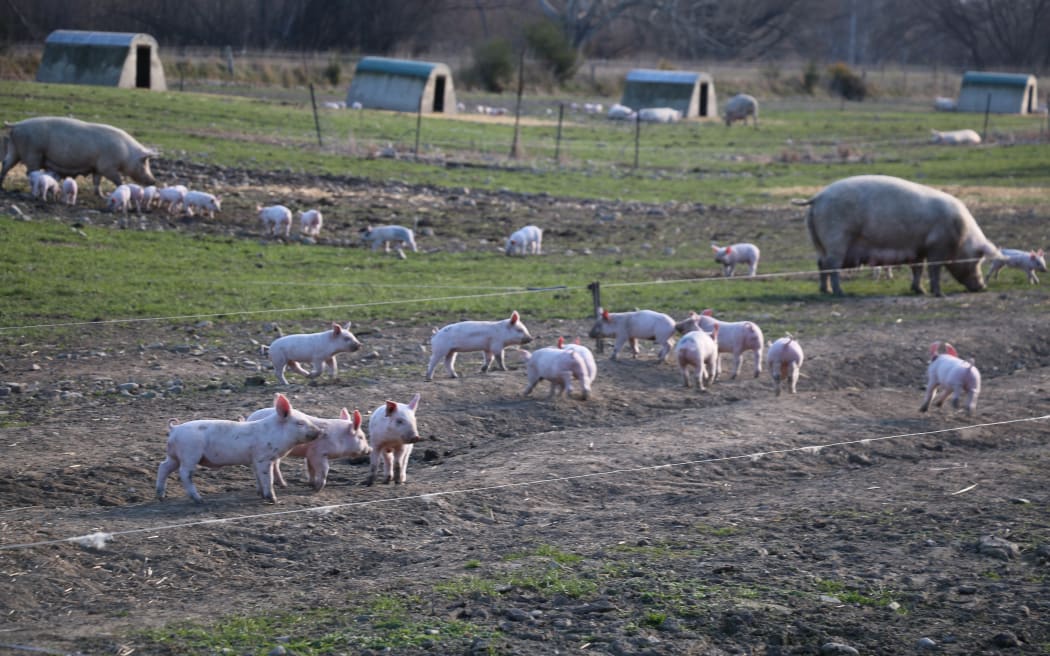
Photo: Cosmo Kentish-Barnes
One striking difference at the Cottle's farm is their commitment to free-range practices.
Farrowing paddocks are designed to provide each sow with her own individual hut for giving birth, and once the piglets are ready, they have the freedom to roam and explore outdoors.
"They get into little gangs and they might run away across the other side of the paddock and they'll see you coming and run back to Mum," Hamish says.
He's always amazed by how the piglets have an innate sense of which hut is theirs.
In contrast to some indoor pig farming practices, where sows may be confined to pens, the sows here have ample space and natural surroundings.
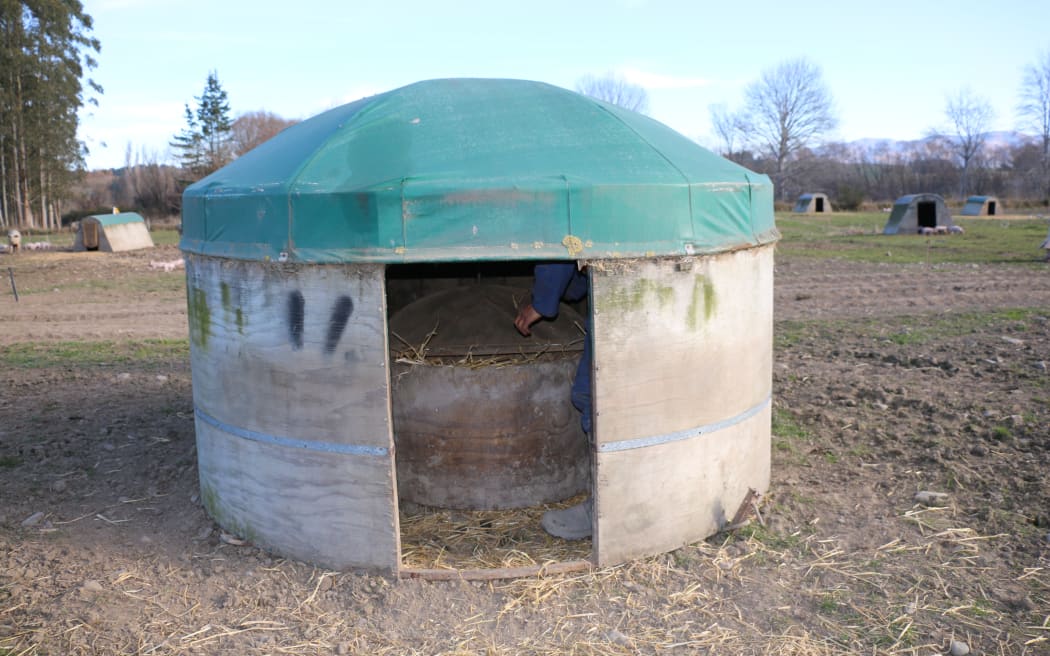
Photo: Cosmo Kentish-Barnes
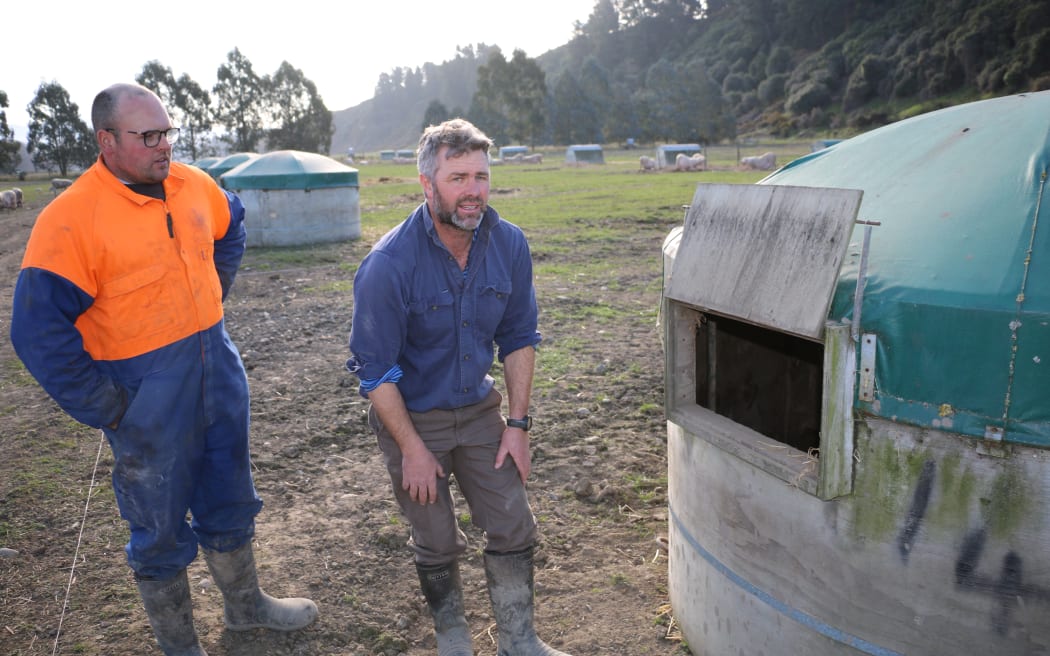
Photo: Cosmo Kentish-Barnes
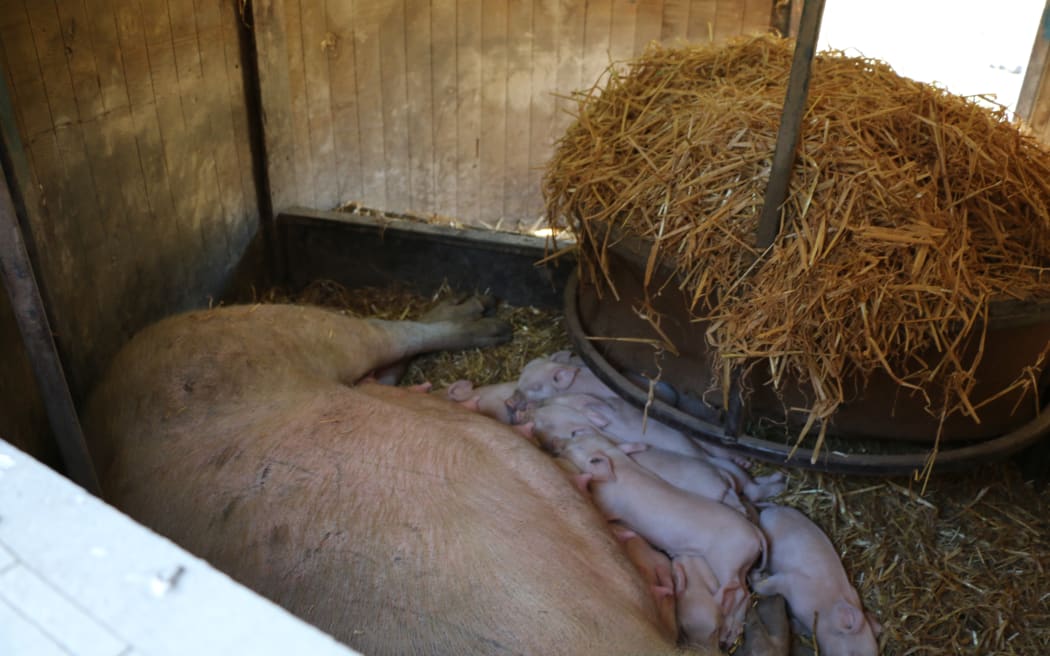
Photo: Cosmo Kentish-Barnes
The farrow houses at the Cottle's farm are based on a 1950s design known as the "rotor round farrowing house."
Internally, there's a designated piglet safety zone that ensures the well-being of the young ones.
To adapt the farm to their free-range philosophy, the Cottles have made modifications to these structures transportable.
Helping out with the care of the piglets is Ben Lester, who says pigs are quite different to other animals he's worked with on various farms.
"They're quite unique characters and individuals - sheep and cattle tend to follow."
While Ben's love for working with pigs is evident, he admits the job can become challenging when dealing with a pig mother who's feeling threatened.
"Firstly, if you ever going near a protective sow, you always make sure you've got a pig board in your hand, so you can use it as a barrier between you and her ... The teeth are pretty sharp as well."
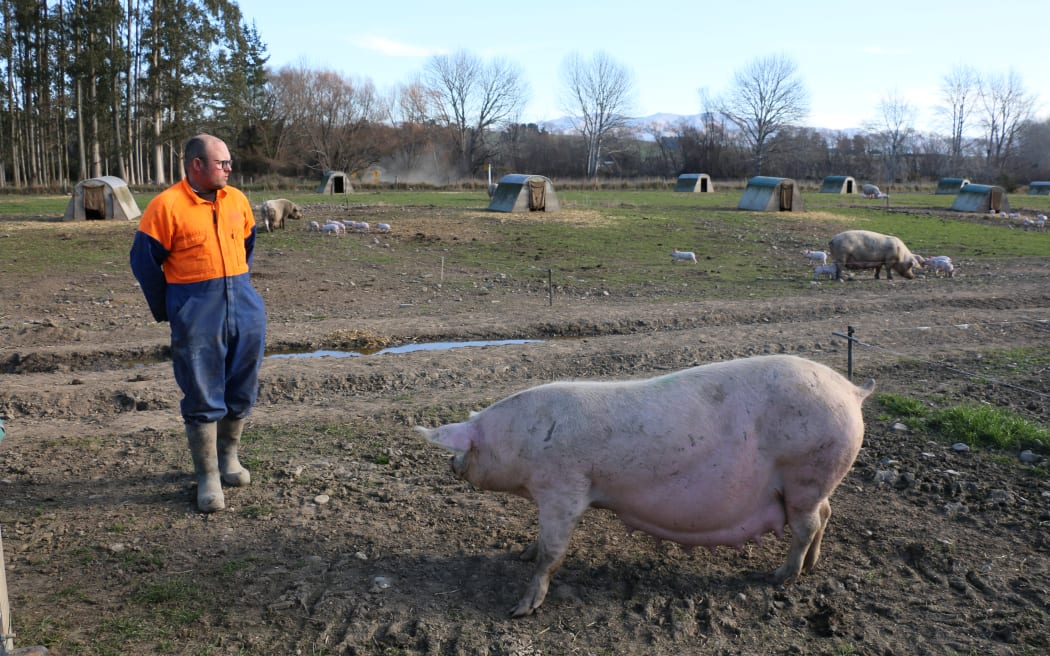
Photo: Cosmo Kentish-Barnes
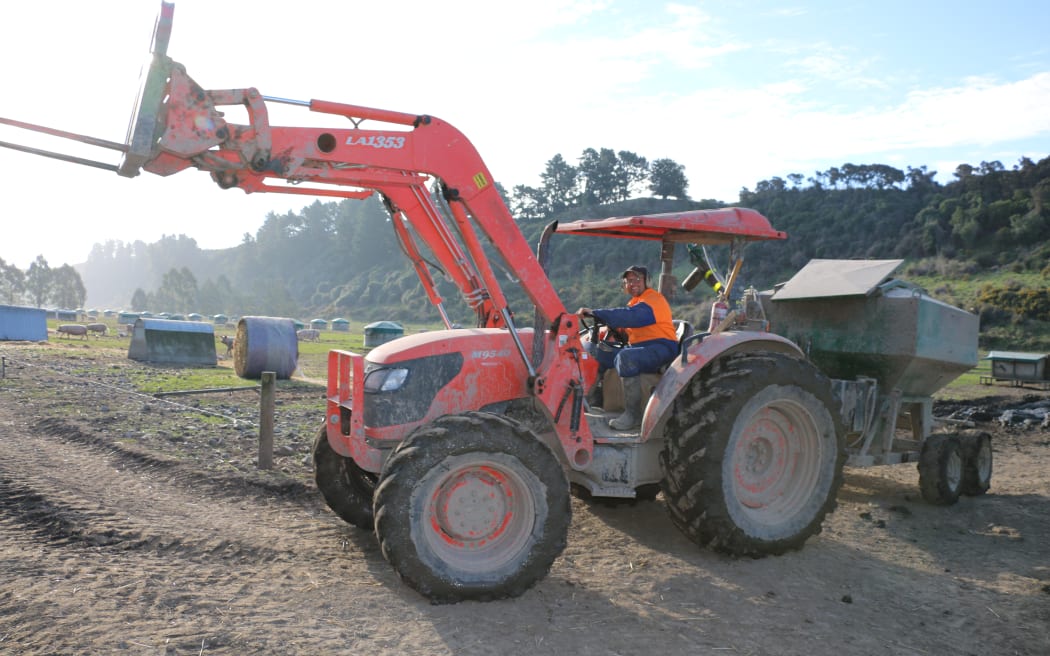
Photo: Cosmo Kentish-Barnes
Despite the innovative practices at Highground, pork producers are facing challenges at the moment.
One of the primary hurdles today is the rising cost of grain and feed, Hamish says.
Additionally, New Zealand producers must contend with competition from imported pork products, which now make up over 60 percent of the pork sold in supermarkets, he says.
"There is heaps of imported pork and it's predominantly your processed porks and your bacon and that sort of thing," Hamish explains.
"There is not much fresh pork imported and sold in the supermarkets, but it can be mass-produced [cheaply] overseas."

Photo: Cosmo Kentish-Barnes
These challenges highlight the delicate balance between sustainable, high-quality pork production and the economic pressures facing the industry, Hamish says.
He believes that, currently, pork packaging can be misleading to the consumer.
"At the moment, if you look carefully at the packaging, on the fine print on the back you might find 'New Zealand'."
It would be difficult for the government to support the small New Zealand pork industry when conducting trade deals with other nations, Hamish says.
"Pork is the poor cousin and gets the wrong end of the deal when we're doing trade agreements with other countries. We might benefit with beef and lamb going one way, but consequently, we're going to take the pork coming this way from another country that is maybe a bigger producer than we are ... so that's what we're up against."
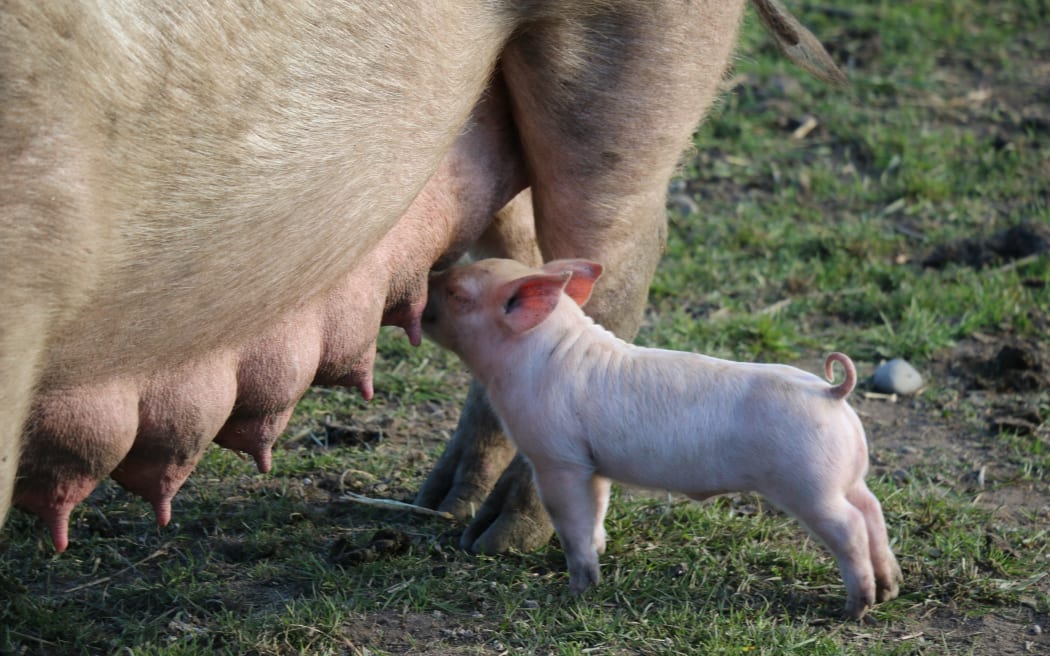
Photo: Cosmo Kentish-Barnes
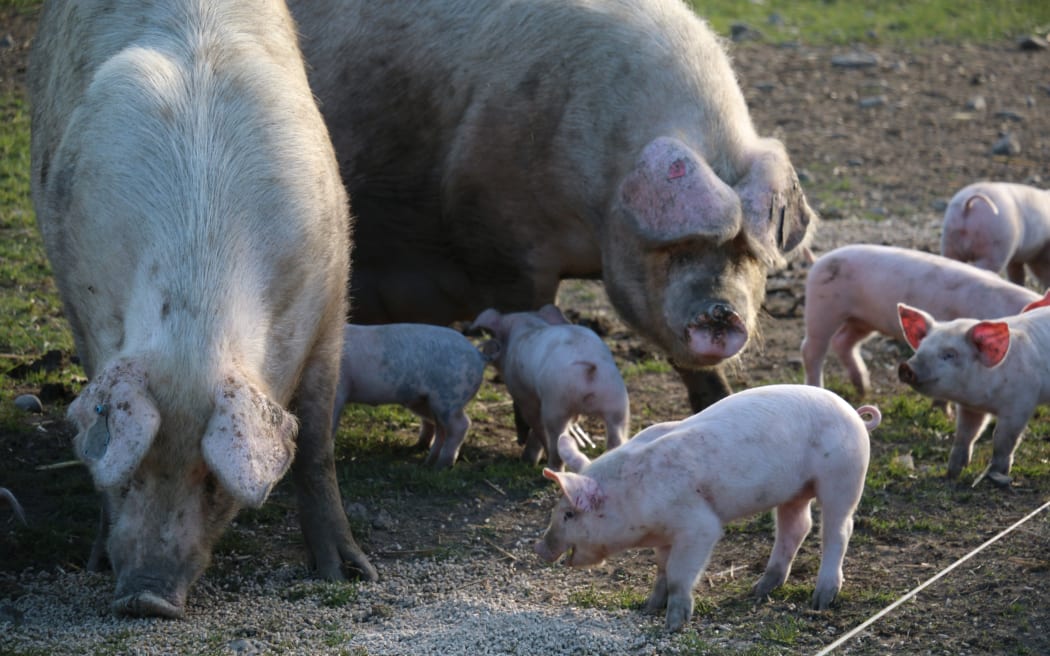
Photo: Cosmo Kentish-Barnes
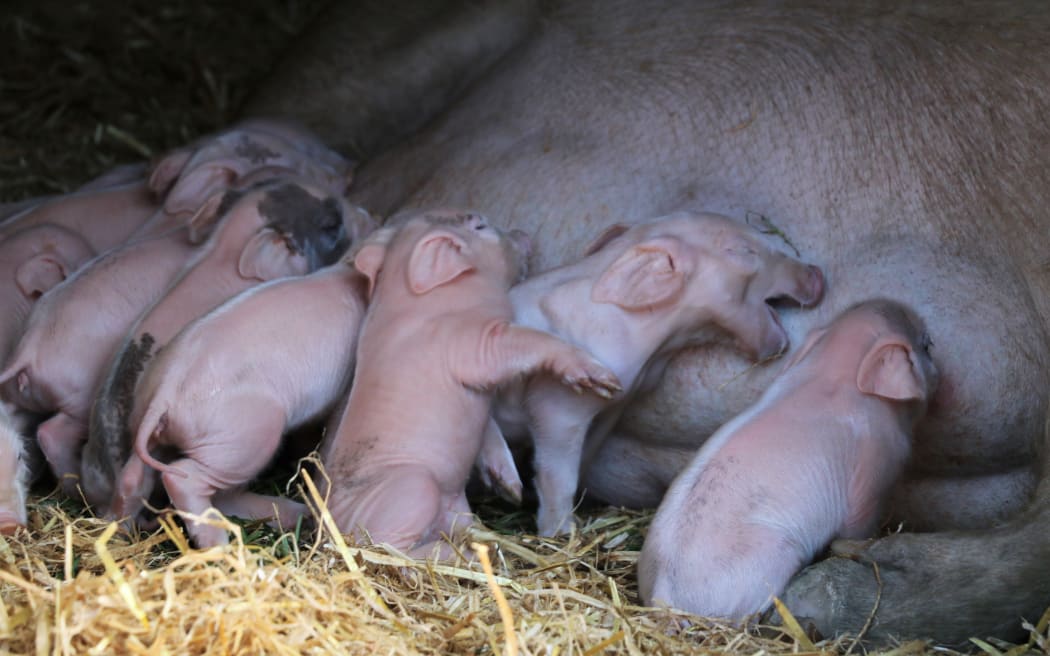
Photo: Cosmo Kentish-Barnes
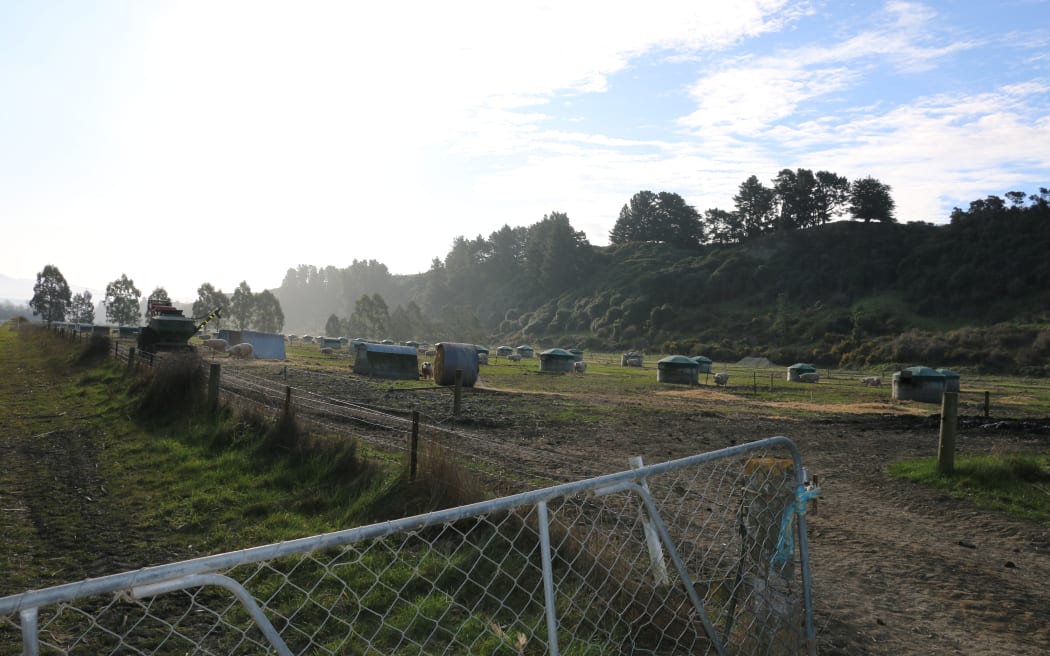
Photo: Cosmo Kentish-Barnes

